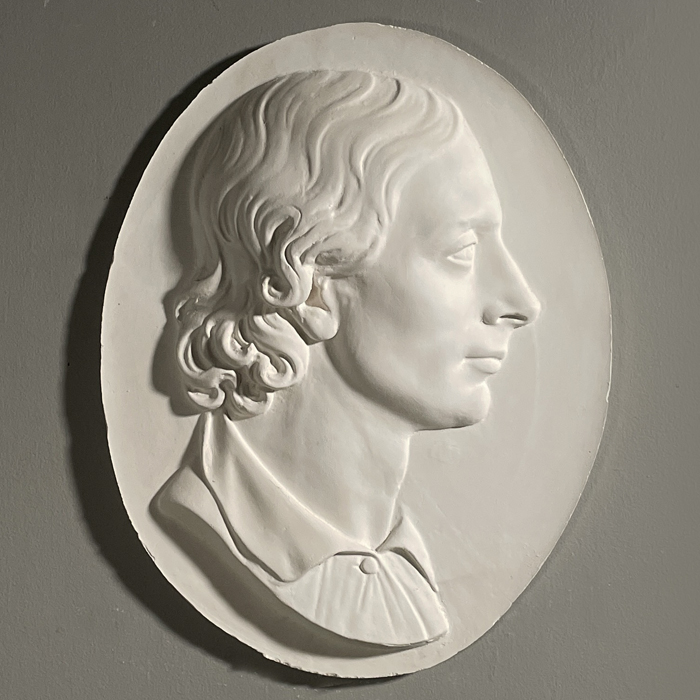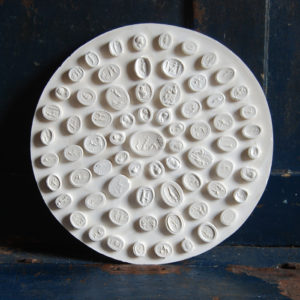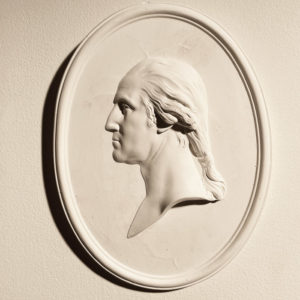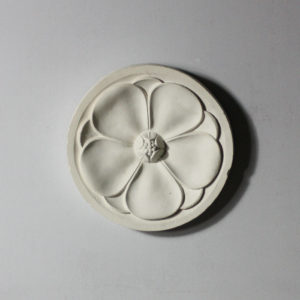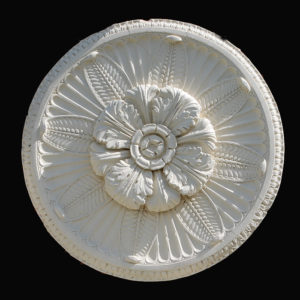An English cast plaster portrait oval relief of John Keats,
the oval plaque cast in relief with the portrait of the poet in profile,
£280
Despite his death at the age of 25, John Keats is one of the greatest English poets and a key figure in the Romantic movement. He has become the epitome of the young, beautiful, doomed poet.
He was born on 31 October 1795 in London. His father worked at a livery stable, but died in 1804. His mother remarried, but died of tuberculosis in 1810.
Educated at a school in Enfield until he was 16, he was apprenticed to a surgeon. He wrote his first poems in 1814. In 1816, he abandoned medicine to concentrate on poetry. His first volume of poetry was published the following year.
In 1818, Keats nursed his brother Tom through the final stages of tuberculosis, the disease that had killed their mother. Tom died in December and Keats moved to his friend Charles Brown’s house in Hampstead. There he met and fell deeply in love with a neighbour, the 18-year old Fanny Brawne.
This was the beginning of Keats’ most creative period. He wrote, among others, ‘The Eve of St Agnes’, ‘La Belle Dame Sans Merci’, ‘Ode to a Nightingale’ and ‘To Autumn’. The group of five odes, which include ‘Ode to a Nightingale’, are ranked among the greatest short poems in the English language.
From September 1819, he produced little more poetry. His financial difficulties were now severe. He did become engaged to Fanny Brawne, but with no money there was little prospect of them marrying.
Early in 1820, Keats began to display symptoms of tuberculosis. His second volume of poetry was published in July, but he was by now very ill. In September, Keats and his friend Joseph Severn left for the warmer weather of Italy, in the hope that this would improve his health. When they reached Rome, Keats was confined to bed. Severn nursed him devotedly, but Keats died in Rome on 23 February 1821. He was buried in the Protestant Cemetery in Rome.

